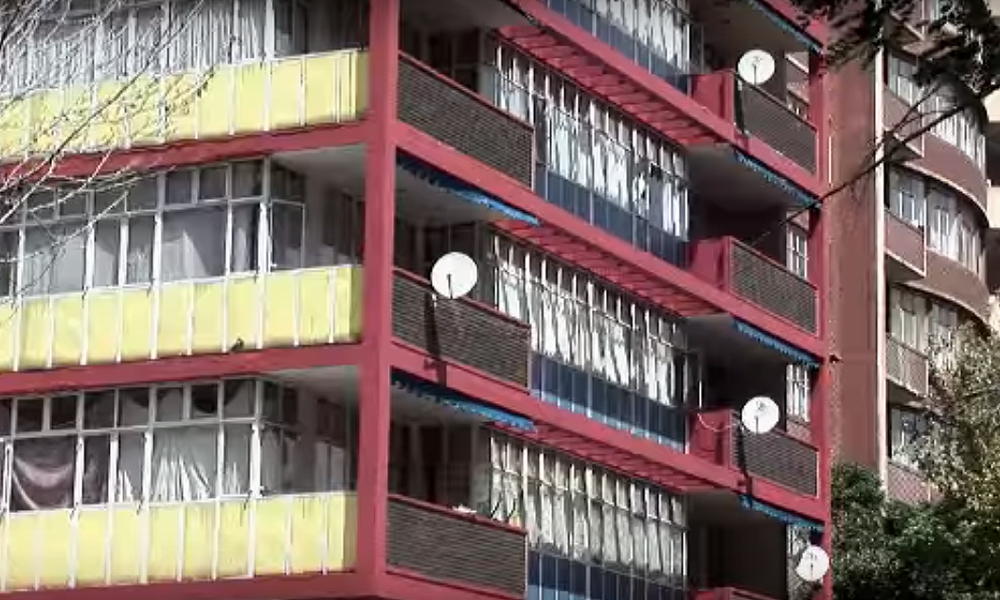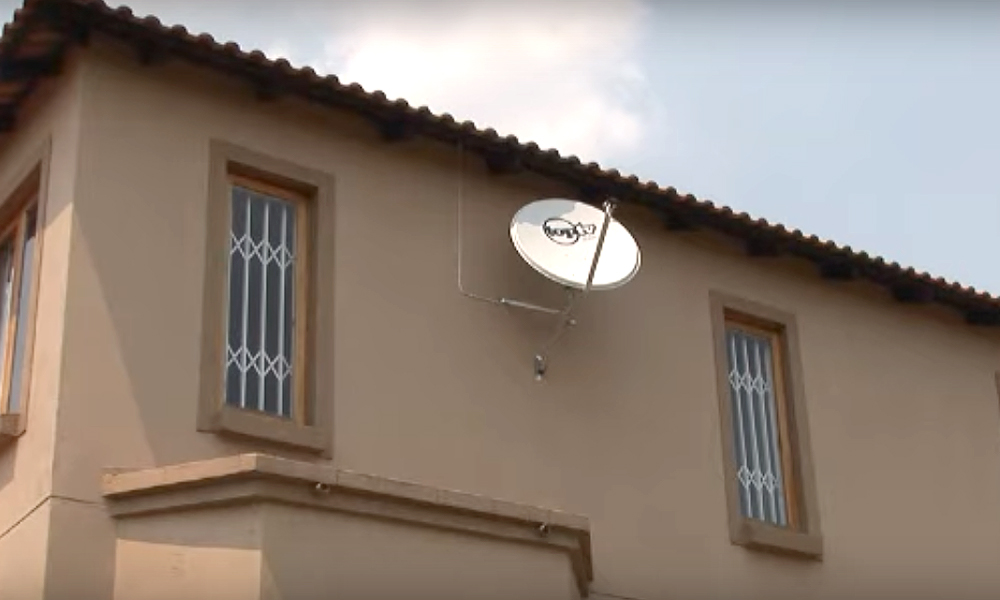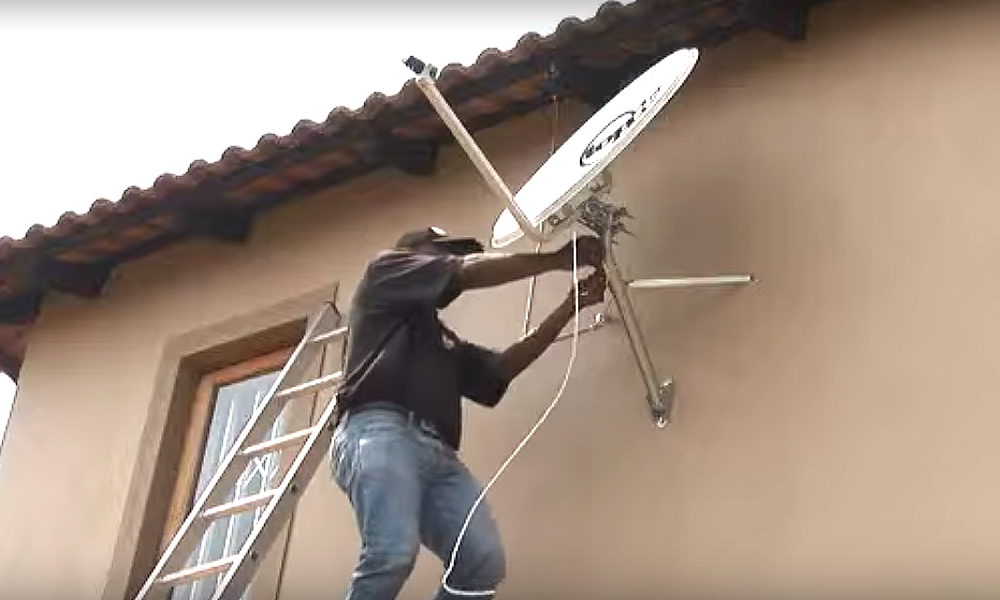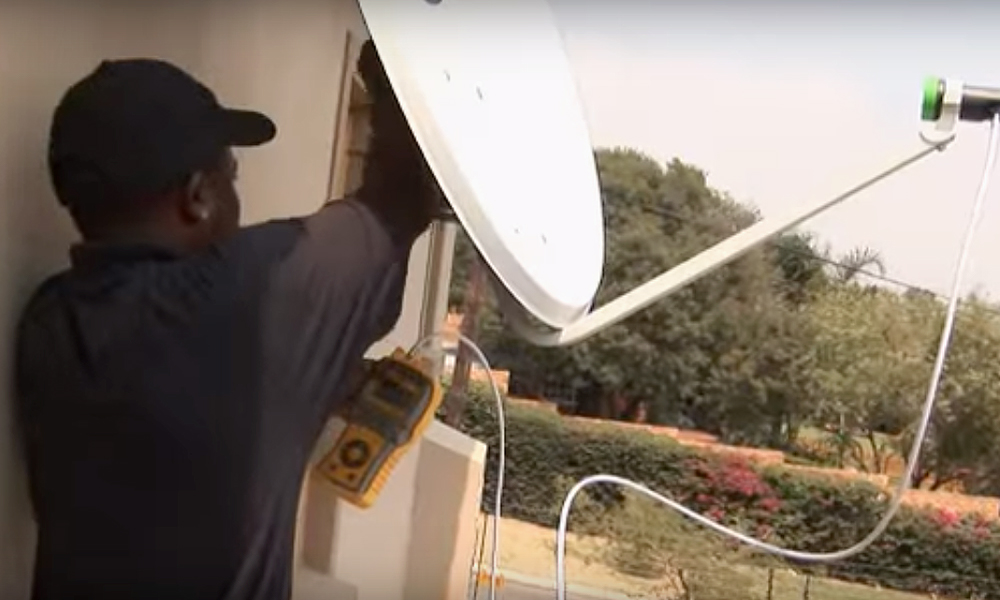SES satellite broadcast received by 2.8 million homes in Nigeria
SES, a global satellite operator, announced the results of its first Satellite Monitor study on the Nigerian market, which provides insight on the important role SES plays in the growth of the satellite television reach in the country. The study highlights that SES reaches 2.81 million TV homes across the country, of which 1.69 million are reached directly by SES satellites, and 1.12 million cable TV homes are fed indirectly by the SES fleet. In total, there are 33.9 million TV homes in Nigeria, with 8.98 million of them being served by satellites directly and the rest by terrestrial and cable networks.
SES has increased their technical reach in sub-Saharan Africa from one million TV households in 2013 to eight million TV households by the end of 2015. The technical reach of 1.69 million TV households in Nigeria contributes to this increase.
The Satellite Monitor study is an annual market research study commissioned by SES and carried out by various independent institutes. The study has been conducted for over 20 years in Europe and has now been successfully replicated in Nigeria. Over 12,000 face-to-face interviews were conducted for this first of its kind study to be carried out by a satellite operator, in this case in a market where digitalisation is a key focus and a national priority.
Eric Lecocq, General Manager of North, West and Central Africa at SES, said, “SES is committed to helping economic and sustainable growth in Nigeria and accelerating the digital switchover process in the region. We aim to connect the entire Nigerian population with our satellites, by developing the broadcasting landscape in partnership with our local partners and in close coordination with broadcasters. We conducted the study because we saw a gap and need for such information to be available and easily accessible in the country.”
The findings provide credible industry statistics on the market that can be used by other industry players to further understand the broadcasting industry landscape and the role of satellite infrastructure.
“Nigeria is currently in the process of migrating from analogue to digital and, through the study, SES has established a market benchmark for the Nigerian TV viewing choices that will directly support the digital switchover and independently track the progress of the project. Going forward, this annual research will also enable us to start monitoring trends in the market,” Lecocq concluded.
Delivering one HD movie via terrestrial broadband to 2,500,000 viewers could cost thousands of euros. This compares to around €10 to deliver one HD movie over satellite to a countless number of viewers, limited only by the boundaries of the satellite footprint. This demand for quality and the delivery methods it requires is a key factor that makes satellite vital to the success of the future video landscape.
The next generation of satellites will be flexible and adaptive, providing an improved customer experience. The new satellites will be able to transmit thousands of Gigabits per second, multiplying on-board traffic by one or more orders of magnitude. Even further, the new satellites will operate simultaneously in broadcast and unicast mode, allowing data and video service to converge.







